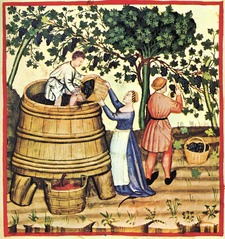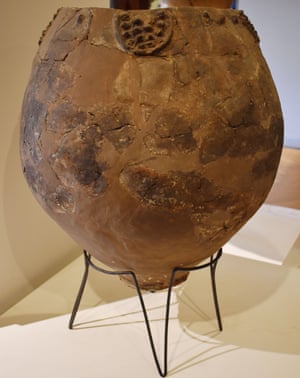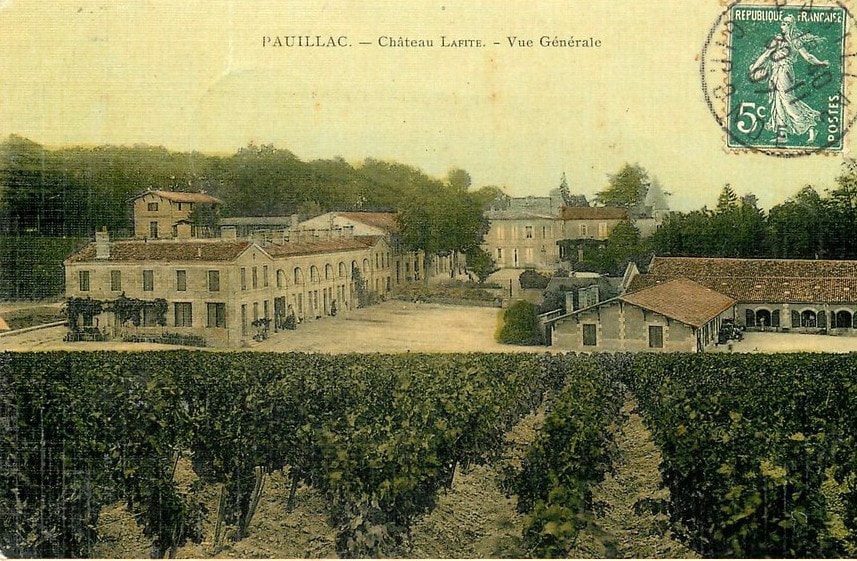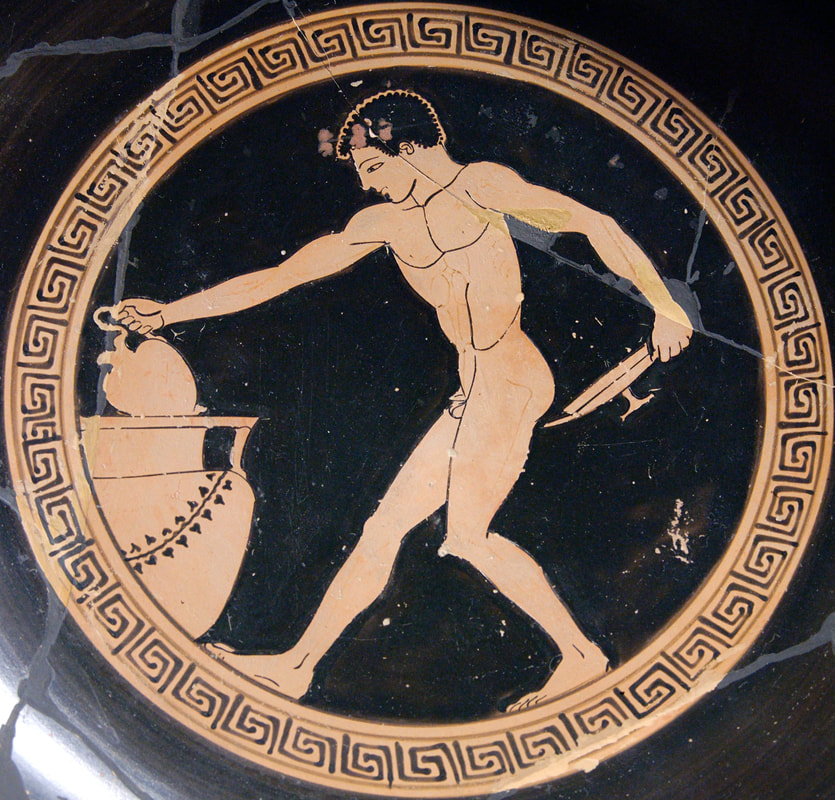Executive director of trance hotels, graduate of École Hôtelière de Lausanne, and certified Court of Master Sommeliers, Suryaveer singh, takes us through the incredible history of wine.Benjamin Franklin once said “Wine is constant proof that God loves us and loves to see us happy”. The world of wine has a dark and mysterious past filled with ups and downs which run parallel to our very own existence as humans. In the mid-1970s a group of Archaeologists, working in the ancient site of ‘Khramis- didi- Gora’ in present day Georgia, stumbled across an artifact which would augment our understanding of the drink we know as wine. The artifact was an 8,000 year old Neolithic jar with fine engravings of grapes on it, used as a vessel in which to crush wine grapes and brew the delicate liquid which represented the terroir and love of the land. Such is the history of wine that it is intertwined with humanity’s history- wherever a civilization was set to thrive and flourish, the evidence of wine being grown is present. From the very moment the Ancient Chinese in 6000 BC discovered the art of fermenting crops into alcohol, humanity has twisted and turned alcohol recipes to suit palates for different ethnicities - be it beer or fortified rice wine. However, the terrain of modern-day Europe turned out to be ideal to grow wine through grapes and thus started the friendship of the Homo Sapien with wine. ‘Khramis- didi- Gora’ wine jug Wine seemed to serve numerous purposes for man - it was a safer to consume beverage over water, it was relatively easy to grow and consume, it was a valuable barter item, it was an ideal beverage to enjoy with food, the drink could be stored for longer periods and all sections of societies enjoyed it. The appreciation of wine in society is made visible with engravings of how to make it in the Pyramids of Giza in 2580 BC: King Tut’s tomb had countless wine jars for him to take to the after-life. On 197 occasions, the Old Testament mentions wine and refers to the beverage as ‘the blood of Christ’. Caesar used to command his mighty Roman army to consume up to 3 litres of wine a day/per soldier. Even Leonardo da Vinci didn’t shy from placing Jesus’ hand reaching for a glass in his iconic ‘The Last Supper’. Wine plays an integral part in mapping the history of Europe. Wine was introduced to the Mediterranean – present day Italy – by the Phoenicians in about 1550 BC, and the Roman Empire brought the crop from there to France. Throughout this time, the local population, through trial and error, figured out the most perfect and fertile plots of land to grow and perfect wine. One can examine the history of the renowned vineyards of Bordeaux in North Western France, which were historically under swamp water but drained by Dutch engineers in the 1600s’, as an example. The Dutch eventually farmed this land and turned it into a gravel and clay based soil – an ideal combination to grow award-winning wines. This new soil happened to bear fruit for the best wine making regions of Haut Medoc, and for wineries like Chateau Margaux and Chateau Lafite, which went on to be recognized by Napoleon and eventually the world as some of the greatest wines of our times. Chateau Lafite Winery The Romans perfected wine maturing in barrels along with the usage of hardened glass to protect the delicate liquid and showcase its most pure character. With wine thriving in Europe thanks to the Renaissance, the beverage was soon exported across the continent and throughout nations further afield through colonization. The discovery of the Americas, South Africa and Australia in the 1600s saw settlers bringing their favorite vines to new shores – George Washington being an avid wine grower himself. The New World, as it was referred to, had less rain and strong summers, which helped to ripen the fruit and bring about a more fruity flavored taste compared to the more mineral flavors in the European mainland. The 17th century was a seminal year for grape wine, with a sparkling variety of the beverage being introduced through sheer chance by a Christian monk named Dom Perignon in the Northern French town of Champagne. The world-of-wine now had a beverage to mark celebratory occasions. In 1703, tensions between the French and the British led to the development of Portugal growing wine of their own to feed the demand of Anglophiles. Portugal and Spain’s wine culture was disrupted under the rule of Islamic conquerors from 792AD to 1492AD. Greek youth using an 'oinochoe' or wine jug. 490-480BC The history of wine, however, does have a dark side. The beverage almost met its demise in the period from 1860 to 1890 due to an insect named Phylloxera which would chew the vines and ruin the fruit. Wine production from all countries dropped to a quarter in this period and with the growing popularity of alcoholic spirits, the wine market neared collapse. The industry finally figured out how to evolve their vines to withstand the bug and started to focus on the more common grape varieties of today- Cabernet Sauvignon, Pinot Noir and Chardonnay. The 20th century gave the industry a new challenge: with growth of the global population from 1.6 Billion in 1900 to 6.1 Billion in 1999, wine growers had to increase supply and adopt technology to rid themselves of archaic methods in order to improve their yield and quality. Two world wars caused a drop in production: the vineyards of Champagne were scenes of battle trenches, and cellars were looted. The state of Alsace in France, bordering Germany, exchanged occupation between the two warring countries, which resulted in the region producing German Rieslings with French finesse still to this day. The United States’ wine industry faced a devastating blow in the 1920s thanks to prohibition, which saw century-old vines uprooted and discarded. The industry lay dormant and discouraged until the 1960s. In 1966 an American called Robert Mondavi invested large sums of money to kick-start his very own winery in Napa, California. Mondavi’s winery encouraged others to follow suit and thus the golden age of New World wines began, with Californian wines often defeating their French superiors in blind tasting competitions. The New World, which comprised of non-European nations, adopted new techniques and methods such as temperature-controlled vats to ensure wine quality and screw caps to appeal to a new market. Today the New World produces more wine than any other single country. In 2019, the $423 Billion a year industry is at an exciting stage with strong demand from cash-rich China, overtaking the markets of Britain and France. With technology, wine growers are aiming to grow the grape in regions where, previously, none would have been deemed possible thanks to their long summers – India, China and Indonesia. Whatever we may see in the future, with global warming and the advent of artificial intelligence – wine will continue to remain man’s true companion, to sit beside him as one enjoys the fruits of life.  Suryaveer Singh, Executive Director of Trance Hotels Instagram: curious_sommelier
1 Comment
|
Categories
All
Archives
April 2024
|





 RSS Feed
RSS Feed